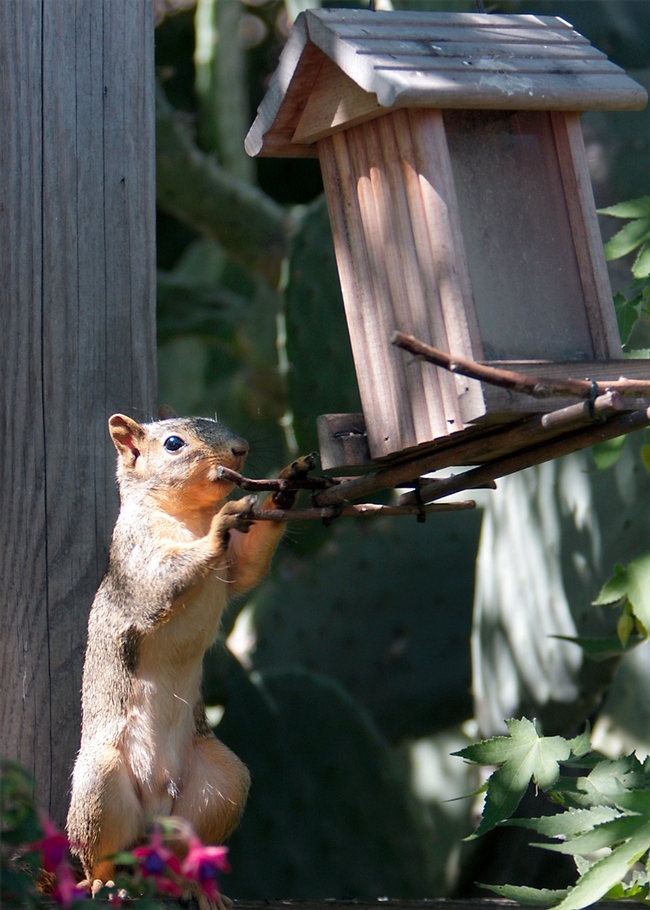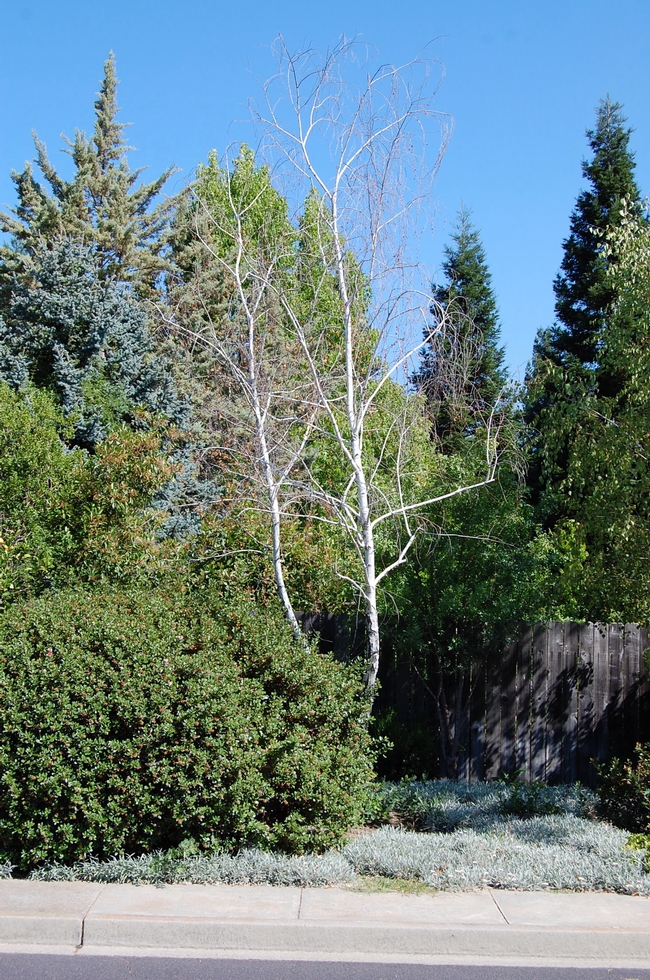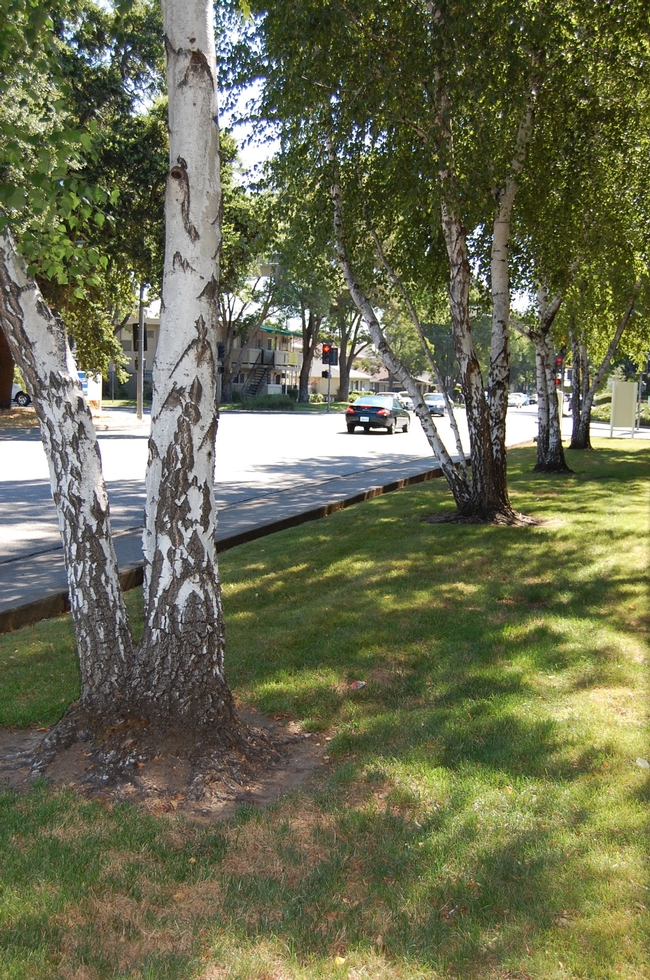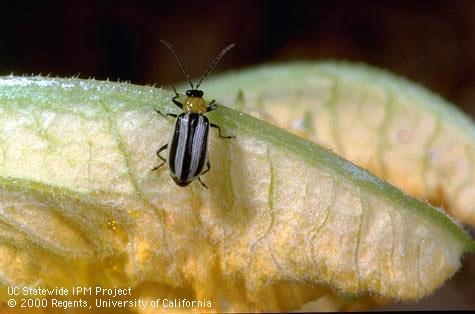- Author: Launa Herrmann
My genealogical roots deep run through many a corn field since I was born from a Nebraska-farm girl mother and an Indiana-raised father. Field corn. Popcorn. Sweet corn. You name the corn, my relatives planted it. Several decades back I even grew ornamental corn one summer to decorate Christmas wreaths. So needless to say I was riveted to a recent Wall Street Journal article about how Mother Nature is outsmarting genetically modified corn seed. (Ian Berry, “Pesticides Make a Comeback”, Wall Street Journal, May 22, 2013, p. B-1.)
Seems that entomologists at the University of Illinois and Iowa State University found corn rootworms immune to Monsanto’s Bt (Bacillus thuringiensis) gene. That gene was originally designed to shield corn crops from this pest that feeds on leaves, tassels and silks; injures roots and can stunt or kill young shoots and plants.
The article also points out that last year America’s farmers planted 97 million acres in corn based on increasing prices and EPA approval touting reduced insecticide use that would give growers and farm workers “greater safety, protect water bodies from runoff and mitigate” harm to wildlife.
“Some of those gains are quickly being reversed,” said Michael Gray, a UI entomologist quoted in the story, who went on to say that next year over a quarter of corn farms plan to use insecticides as “cheap insurance.”
Makes senses now why sales are up for pesticide producers. To read the entire article, log on to WSJ online or review a similar story “Pesticides make a comeback against Monsanto seed” at
http://www.bignewsnetwork.com/index.php/sid/214688991/scat/3de2685784ae51b
Frankly, I wanted to know exactly what this crawly critter chomping on corn crops looked like. During my research of “corn rootworms,” I discovered crop damage is not limited to larvae but includes the adult — two familiar beetles often found in our own backyard vegetable patch that also feeds on cucurbits, legumes and grasses — the Western striped cucumber beetle (Acalymma trivittatum) and the Western spotted cucumber beetle (Diabrotica undecimpunctata undecimpunctata). (See UC IPM Pest Management Guidelines: Corn, plus UC ANR Publication 3443. Also UC IPM Pest Management Guidelines: Curcurbits, plus UC ANR Publication 3445.)
Photos below are of the Western striped cucumber beetle and the Western spotted cucumber beetle).
And there’s more. In fact, there’s also a banded cucumber beetle (Diabrotica balteata) and a spotted cucumber beetle (Diabrotica undecimpunctata howardi), also known as the Southern corn rootworm. In addition, there’s the Northern corn rootworm (Diabrotica barberi Smith & Lawrence), and the Western corn rootworm (Diabrotica virgifera virgifera LeConte).
When you compare the above two photos with photographs on Purdue University’s IPM website, you’ll notice that our Western spotted cucumber beetle looks identical to the Southern corn rootworm and that our Western stripped cucumber beetle appears the same or similar to the female Western corn rootworm. Plus, there’s a photo of the larvae -- the actual rootworm. Here’s the Purdue IPM link:
http://extension.entm.purdue.edu/fieldcropsipm/insects/corn-rootworms.php
- Author: Sharon Leos
I enjoy watching the wildlife in our suburban garden, so when a squirrel appeared at our bird feeder, I was very excited. We have lived in our house for more than fifteen years and this is only the second time we have seen squirrels in our garden. The first sighting was not long after we moved in, so I think the current visits may be due to our recent addition of the bird feeder.

I checked the UC Integrated Pest Management website and found the squirrel in my photo is probably an eastern fox squirrel (Sciurus niger), a type of tree squirrel. Tree squirrels are active during the day all year-round (they do not hibernate) and enjoy eating a variety of items, several of which are found in the garden. So far, the squirrels in our yard have only eaten bird seeds, so I don’t mind them visiting - emphasis on visiting. I do not want a squirrel population explosion, like we seemed to have had with rats this summer, but that is a story for another day.
Keeping squirrels out of a garden or away from bird feeders can be challenging because they are very smart creatures. I will move to the birdfeeder farther from the fence, hopefully out of squirrels’ reach. The squirrels in our backyard do not like the presence of dogs, so our dogs will be outdoors more in the coming days where I know they will enjoy more time under the Solano sun.
For more information on managing tree squirrels in the garden visit the UC IPM website: http://www.ipm.ucdavis.edu/PMG/PESTNOTES/pn74122.html
- Author: Kathy Thomas-Rico
What’s going on with the white birches? Seems as if an awful lot of them are dying. From my front window, I can count three, good-sized DEAD European white birches (Betula pendula). Their leafless, bone-white branches stand in stark contrast to the seemingly healthy hackberries and redwoods and oaks around them.
Alas, this is old news. White birches have been dying off during our hot summers for a long as we have persisted in planting them here. White birches are lovely, and popular in our area. But, they come with a list of issues of which we all should be aware:
- European white birches are native to, well, Europe. Specifically northern Europe, where there are cooler climes and plenty of rainfall to sustain the trees. They grow magnificently there, and to their full potential, much larger than any you’ll see in Solano County.
- When birches get stressed during our Northern California summer droughts, borers move in. The bronze birch borer, Agrilus anxius, is the main culprit. Apparently there is quite a large local population of the borers. Intensive insecticide applications will keep them at bay. Check the University of California Statewide Integrated Pest Management website for more information: http://www.ipm.ucdavis.edu/PMG/GARDEN/PLANTS/birch.html
- Birches are thirsty trees. And the amount of irrigation must grow with the tree. Often, birches — as well as other thirsty trees, such as alders and maples — thrive in well-irrigated lawns areas.
- Even in the best growing situations and climate, birches are not long-lived. You’d be lucky get 30-40 years from a European white birch.







